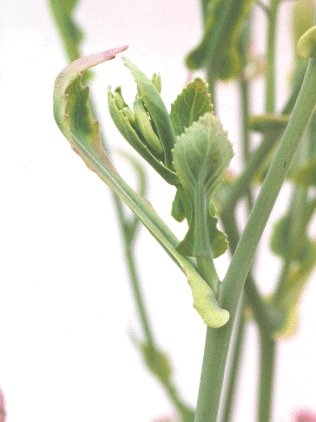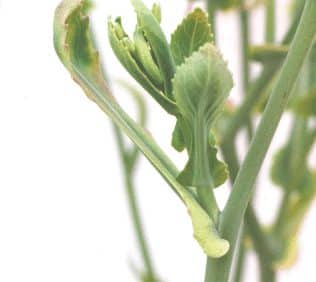
Canola in southern Saskatchewan appeared to have run out of sulphur in some cases, putting a cap on yield potential. Identifying the importance of sulphur to canola is part of the learning curve for many new canola growers in that region.
Canola crops shallow rooted due to ample moisture in the spring may not have reached the nitrogen band very quickly and may not have tapped into deeper nutrient reserves as the season progressed.
Fields with moderate fertility were not as dense, and may not have had as much sclerotinia stem rot. This may have reduced disease losses, but it also kept a lid on yield potential. Cutting fertility to manage disease is probably not as profitable as fertilizing for higher yields and budgeting a fungicide to control sclerotinia.
Finally, with extreme dry conditions in some regions, canola may not have been able to use all nutrient reserves. Residuals may be high.
Management for 2013: If nutrient reserves were not utilized because of environmental extremes, where are these reserves? How big are they? Soil tests will help determine this carryover. Because some may be concentrated at lower depths, growers may consider submitting 0-6” and 6-24” samples.
If crops (including non-canola crops that will precede canola in 2013) had heavy biomass but low yield, nutrient in the biomass will remain in the field but might not cycle back into available forms in time for next year’s crop.
Maintain fertilizer rates: A lower fertility package will limit yield potential in years with lower sclerotinia pressure.

